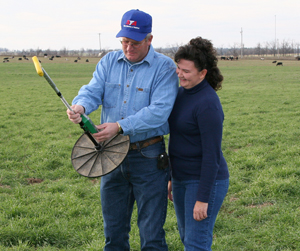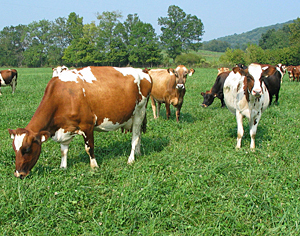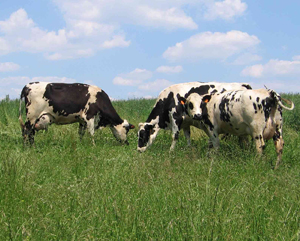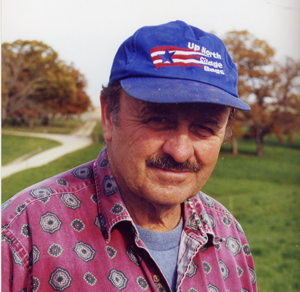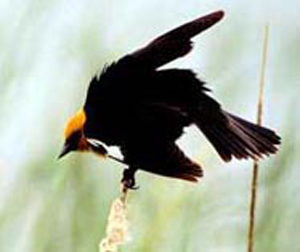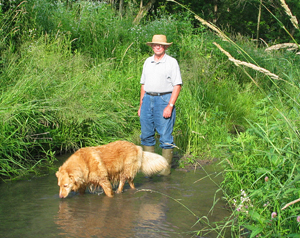Charles Fletcher uses pasture probe to improve bottom line
Purdy, Missouri — Especially when you’re feeding the stuff, most of you closely monitor the bunker, silo, bin, mow, bag, baleage line or whatever else holds the stored feed. Probably you aren’t quite as intense in keeping track of your inventory of growing pasture. With any experience you just know what’s out there, and do fine without making things more complicated.
Charles Fletcher isn’t out to convince you that you’re wrong, but he’s sure that what he’s doing these days is right for him. Thousands of dollars in extra annual profit right. Continue reading “Measuring, monitoring and managing”

